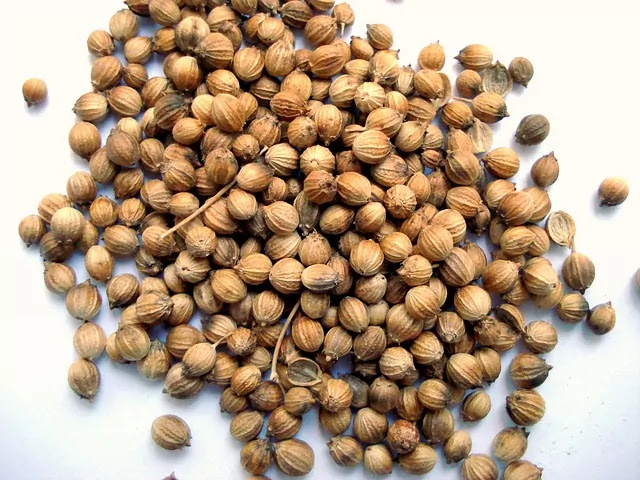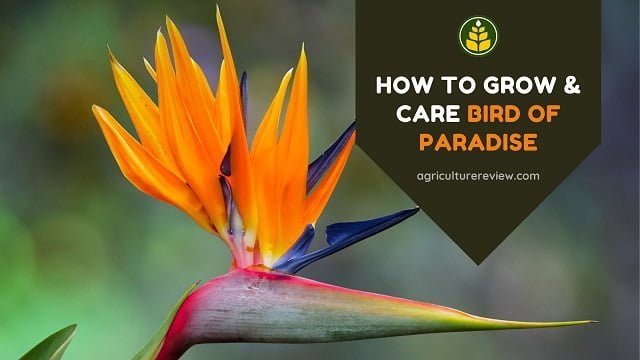Growing cilantro will become quite effective and easy if you read the complete article. I am going to reveal cilantro benefits and clear your doubts on cilantro vs coriander.
Many people or garden enthusiast around the world wants to grow cilantro i.e. a wonderful annual herb, in their garden.
You watch lot of videos on the internet about growing cilantro, then you try to follow the advice but while growing you face a similar problem i.e. poor germination or unsuccessful crop after germination.
Well frankly speaking I have also faced these problems in my early days of growing plants.
But I kept trying to grow cilantro in my garden and one day it was a success. From that season I have never faced any problem in growing cilantro in my terrace garden. I am going to share the valuable information with you so that you will never fail in growing cilantro in your garden.
Before knowing how cilantro grows, let’s read a short description about this wonderful herb.
Cilantro: An Introduction
Cilantro belongs from the family ऐपियेसी and is commonly known as coriander, dhaniya, or Chinese parsley. The fresh leaves and dried seeds of this herbs are of great value in the cooking traditional food. It is a soft plant that can grow to 40 centimetres in height that have variable shaped leaves, broadly lobed at the base of the plant.
Edible parts of this plant are leaves, seed and roots that have a good nutrient composition. Leaves of the coriander contains 92% water, 4% carbohydrates, 2% and fat percentage is slightly less than 1%. Cilantro gives a very delightful aroma or flavor to the food.
Although from the researches it have been found that few people are allergic to cilantro. If you are the who doesn’t love spices in your then you should avoid adding cilantro in your food.
Cilantro vs coriander
Many people get confused over this topic and they start thinking that they are different but in reality coriander is just another name of cilantro. Cilantro is the Spanish name of coriander. It’s just like having two names for the same plant at different places.
Many people living in Northern America consider that the foliar part of the plant i.e. leaves and stem is called cilantro and the complete plant or seeds after flowering is coriander but this is not the complete reality. Internationally both the names are for the same plant so you can call them coriander or cilantro whatever you like.
However, if we consider foliar part such as leaves and stem as cilantro and seeds as coriander then there are various difference between them depending on taste, nutrition, smell and uses in cooking.
How cilantro grows?
Growing cilantro is a very easy job if you follow the complete instruction that I am going to discuss with you. And if you face problem in growing them then you can send your queries by commenting below after reading this article.
मौसम
Growing cilantro from October to November is considered ideal growing season for raising this crop in tropical countries like India.
If the average temperature is between 18 to 24 degree celsius then it is the best time to sow cilantro seeds.
Most of the people do this mistake of growing cilantro in summer. The plant grown in summer months from seeds doesn’t show good results and often fails to grow properly.
Actually if you are living in temperate regions that faces chilling cold there you can grow this herb from late spring to late summer but this is not for tropical regions.
I always advise my readers to germinate coriander seeds when the average temperature remains between 18 to 24 degree celsius for good germination and proper development of the plant.
गमले का चयन
Selection of pot for growing cilantro is not a difficult job. You can select any container that is 10 to 12 inch deep with 3 to 4 drainage holes at the bottom. Selecting rectangular shaped container is preferred for growing coriander.
Growing bags can also be used to grow this herb. I will suggest you to purchase a long rectangular pot that have at least 3 to 4 drainage holes for best results.
I have grown in variety of container and my plants have performed very well, the main efforts is needed in germination and establishment of this plant in early stages.
मिट्टी का मिश्रण
Preparing one of the suitable potting mix for your plants is a very important step. Composition of potting mix plays a very important role in the growth and development of the plant in pots, however in ground soil adding nutrients is sufficient.
But if you are growing plant in pots then you need to prepare suitable potting mix for the better development of your plant. To grow cilantro prepare potting mix with 50% cocopeat or you can also select sandy loam soil + 25% cow dung manure + 25% vermicompost.
Mix them thoroughly and fill your growing container with this potting mix and leave at least one to two inch space at the top of the pot.
बुवाई
Transplantation is not required for growing cilantro so you can directly sow the seeds in the growing container from October in India. If you are living in hilly regions that faces freezing cold in winters then you can sow seeds from late spring to late summer season.
To sow the seeds, soak then for at least 4 hours in water. Take them out and broadcast them on the potting mix. You can also sow in line by maintaining 1 centimetre distance between each seed.
Cover the seeds with half centimetre layer of potting mix. Water in the growing pot gently. Do not over water. Keep the pot in semi shade and maintain adequate moisture by regularly checking the wetness of the soil. If the soil seems wet then do not apply water.
Water your pot only when the top layer of soil seems dry. You can also sow sprouted seeds directly in the soil for better growth. Sprouting of cilantro seeds can be done by keeping it wet under a piece of cloth for 2 to 3 days in shady region. Keep spraying water on the cloth time to time for better sprouting.
Withing a week or two you will notice that new seedlings have started to develop. Hurray! the first step is a success now we will look on other important points to grow cilantro in home garden.
Sunlight Requirement
Once your seedling start growing then shift the growing pot in the area where it can receive at least 4 to 5 hours of sunlight. If the temperature is too hot outside that is more than 26 degree celsius then keep the growing pot in semi shade region.
This will prevent your plant from excessive heat due to direct sunlight and your plant will receive enough filtered sunlight to grow properly. Providing enough and adequate amount of sunlight helps to improve vegetative growth of the plant i.e. very much required for this herb.
पानी
This is one of the most important step to grow any plant that you have in your garden. Most of the new gardeners that have recently started growing plants do this mistake often of over watering their plants. However, cilantro needs a good amount of water to grow well.
But that doesn’t mean to over water. Before even establishing your crop always check the drainage. It should be such that the moment you start applying water, after few seconds the applied water should come out from the drainage holes.
I will not suggest any fixed day frequency for watering. Whenever you notice that the top layer of the soil seems a little dry in the pot then apply water gently in evenings or in early mornings.
Always keep this point in mind for this herb that you will apply water only when you notice that top layer of the soil is little dry. This watering strategy will ensure availability of adequate water in the root zone of the plant for better growth and development.
Excess watering and water logged condition in the pot can cause root rot that will eventually damage your cute plants and I hope that you don’t want that to happen.
उर्वरक
You will need to add nitrogen rich fertilizer to grow cilantro properly. Avoid adding potassium rich fertilizer to this plant. Do not add banana peel fertilizer as it is rich in potassium.
Once your cilantro plants have established well and have reached four to five leaved stage then you can start adding 1 to 2 teaspoon dry dust of mustard cake and one to two handful of any organic manure once in a month.
If you are growing this plant inorganically then you can add 1/4 teaspoon of NPK in the ratio 10:10:10 once in a month. To apply these fertilizers just spread fertilizers around the base of the plants in the growing pot and apply water.
The nutrients will leach down slowly and will be absorbed by the roots for better growth of your plants. For best organic bio-fertilizer you can either use waste decomposer or jeevamrut. They both are beneficial for your plants.
To know more about them visit the links given below:
और पढ़ें: WASTE DECOMPOSER: BENEFITS AND USES
और पढ़ें: JEEVAMRUT: ORGANIC BIO FERTILIZER!
कीट और रोग
Cilantro can get affected by aphids, grain mould, powdery mildew, root rots, etc. To prevent root rot avoid adding excess water in the pot and you can also add two to three table spoon of neem cake in the potting mix. To learn how to save your plants from aphids and powdery mildew visit the following links given below:
Cilantro: How To Harvest
Cilantro plant gets ready to be harvested when the plant reaches 15 to 25 centimetres in height. You can start by cutting the stem of the plant with the help of cutting scissors one inch above the base of the plant. Do not remove or cut the complete plant.
In few days the new leaves will come out and become ready to be harvested again. Keep harvesting your plants and enjoying the fresh cilantro leaves grown in your home garden.
Cilantro Benefits
Cilantro has many beneficial properties and uses. The leaves of this plant are being used worldwide to improve the taste and add special flavour in dishes. Seeds of this plant are used for preparing medicines.
This plant has many medicinal benefits. It helps in stomach related problems such as bowels spasm, hernia, diarrhoea, nausea, Intestinal gas, etc. It is also used to treat fungal and bacterial infections.









